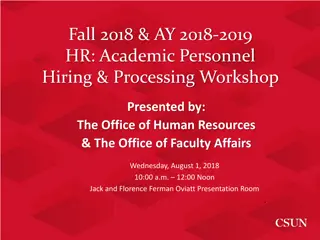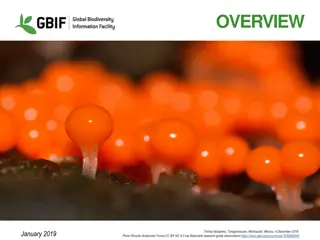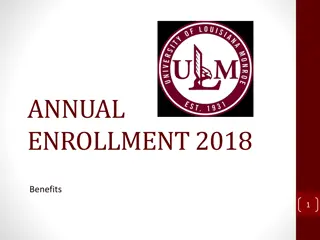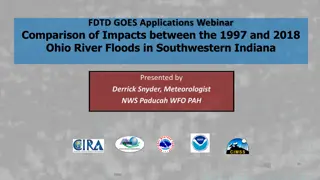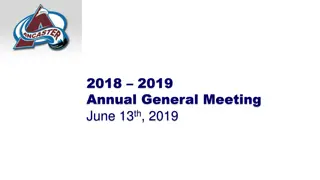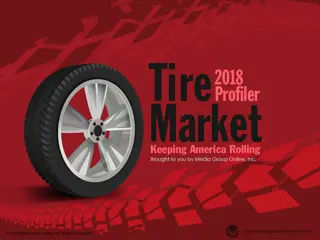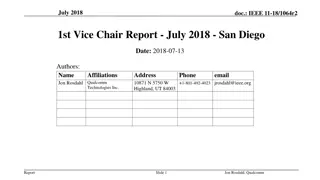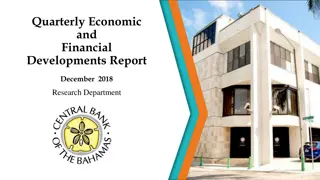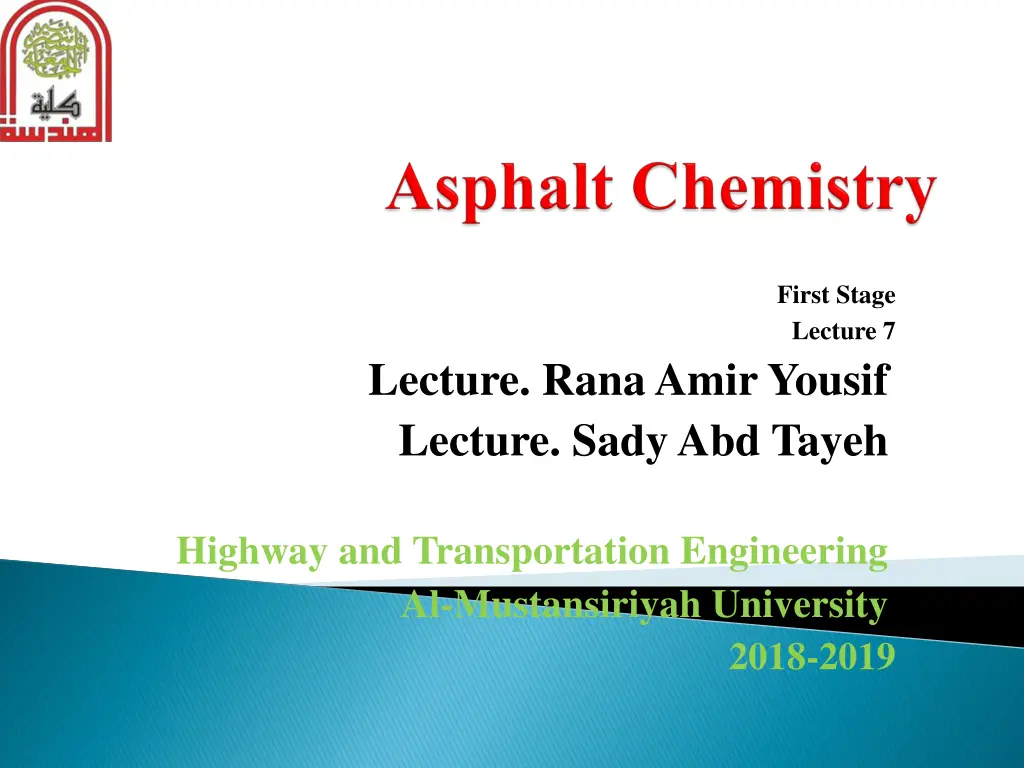
Insights into Asphalt Chemistry in Highway Engineering Studies
Explore the diverse chemical compositions present in asphalt used in highway engineering, including phenols, homologous series, sulfoxides, metals, and polarity. Discover the significance of polarity and intermolecular interactions in asphalt properties and performance.
Download Presentation

Please find below an Image/Link to download the presentation.
The content on the website is provided AS IS for your information and personal use only. It may not be sold, licensed, or shared on other websites without obtaining consent from the author. If you encounter any issues during the download, it is possible that the publisher has removed the file from their server.
You are allowed to download the files provided on this website for personal or commercial use, subject to the condition that they are used lawfully. All files are the property of their respective owners.
The content on the website is provided AS IS for your information and personal use only. It may not be sold, licensed, or shared on other websites without obtaining consent from the author.
E N D
Presentation Transcript
First Stage Lecture 7 Lecture. Rana Amir Yousif Lecture. SadyAbd Tayeh Highway and Transportation Engineering Al-Mustansiriyah University 2018-2019
References: Edwin J. Barth. Asphalt Science and Technology , 1st Ed. ,1962. James Speight Asphalt Materials Science and Technology , 1st Edition 2015.
Phenols Again numerous variations, or isomers, containing the basic phenol unit may exist. In addition to isomeric combinations of all molecular types shown above, homologs of each also typically exist. An example of a homologous series is shown by Structures 14, 15, and 16. .
Homologous series In the above case, each varies only by one aliphatic carbon. Each is a unique molecule, although the properties among all of these will be quite similar. Another important class of compounds typically found in aged asphalts is quinolones as shown in Structure 17. Quinolones Many sulfur compounds are also susceptible to oxidation and typically form sulfoxides. A sulfoxide containing fragment is shown in Structure 18.
Sulfoxides 1.3. Metals. There are also metals present in asphalts, again in varying amounts and distributions. The most common metals are vanadium, nickel, and iron although there metals may also be present. Typically metals are present as organo-metallic materials, specifically as porphyrins. An example is shown by Structure 19. By now it is obvious that hundreds of thousands of unique molecules may be found in any given asphalt. Further, the second, third and so forth asphalts will contain hundreds of thousands of different molecules.
1.4. Polarity. All of the naturally occurring heteroatoms, nitrogen, sulfur, oxygen, and metals contribute to polarity within these molecules. Likewise, oxidation products formed upon aging are polar and further contribute to the polarity of the entire system. Polarity, which is the separation of charge within a molecule, can be seen by the following example. The dipole moment (separation of charge) of pyridine (C5H5 N) is 2.19 debyes (in the gas phase) whereas the dipole moment of benzene (C6H 6) is zero. Benzene is the all carbon analog of pyridine. Polarity also exists in all other heteroatom containing species. Polarity is important in asphalt because it tends to cause molecules to organize themselves into preferred orientations. Historically, these have been referred to as formations of micelles, colloids, etc., although these terms have been misused. A more current understanding of molecular orientation within asphalts is given in the following Subsection.
2. Intermolecular Level At the intermolecular level, polar molecules including those in asphalt, have another behavioral characteristic. This is attraction of one polar molecule for another as a result of their separated charges, or dipoles. Figure 1 illustrates this schematically. In part A the polar molecules are randomized, but in part B the molecules are well oriented with respect to each other. Part B represents a more stable thermodynamic state. It is important to note here that it makes little difference which of the many polar molecules shown earlier is involved. Any one of the many types of polar molecules may fill the molecular schematics shown in Figure 1A or B. The primary requirement is that some sort of charge separation is present in the molecules.
It is obvious that a multi-molecular structure may form as illustrated schematically in Figure 2, although the individual molecular components will vary from one to the next so that no specific regularity exists within the organized zone (see note I)..

